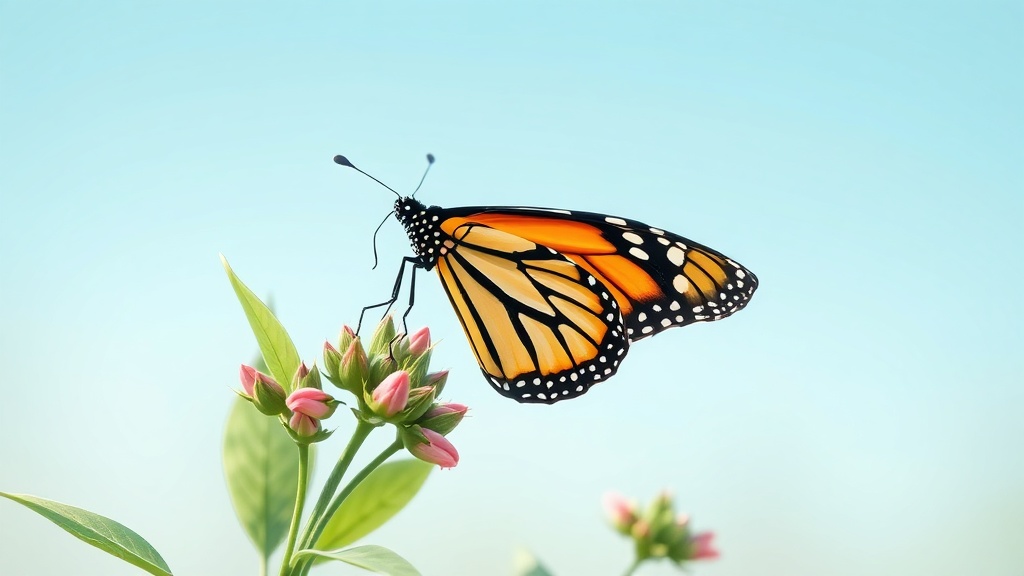Home / Environment / Monarch Butterflies Delayed in Reaching Mexico Due to Warming Climate
Monarch Butterflies Delayed in Reaching Mexico Due to Warming Climate
29 Oct
Summary
- Monarch butterflies are nearly endangered due to habitat loss and pesticide use
- Planting native milkweed and asters can provide crucial support for monarchs
- Monarchs are taking longer to reach their Mexican overwintering grounds

As of October 29th, 2025, the first of this year's southbound monarch butterflies are just now arriving at their overwintering grounds in central Mexico, with some still yet to pass through Rogers County. Local native wildlife educator Kelly Boegemann and Rogers County Master Gardener Kay Alexander are urging residents to consider growing the plants monarchs need to survive - milkweed and asters.
The monarch butterfly population has declined drastically over the last decade due to habitat loss, the use of herbicides and pesticides. The International Union for the Conservation of Nature now considers them a threatened species, and the U.S. Fish and Wildlife Service proposed a rule change last December to match this designation.




